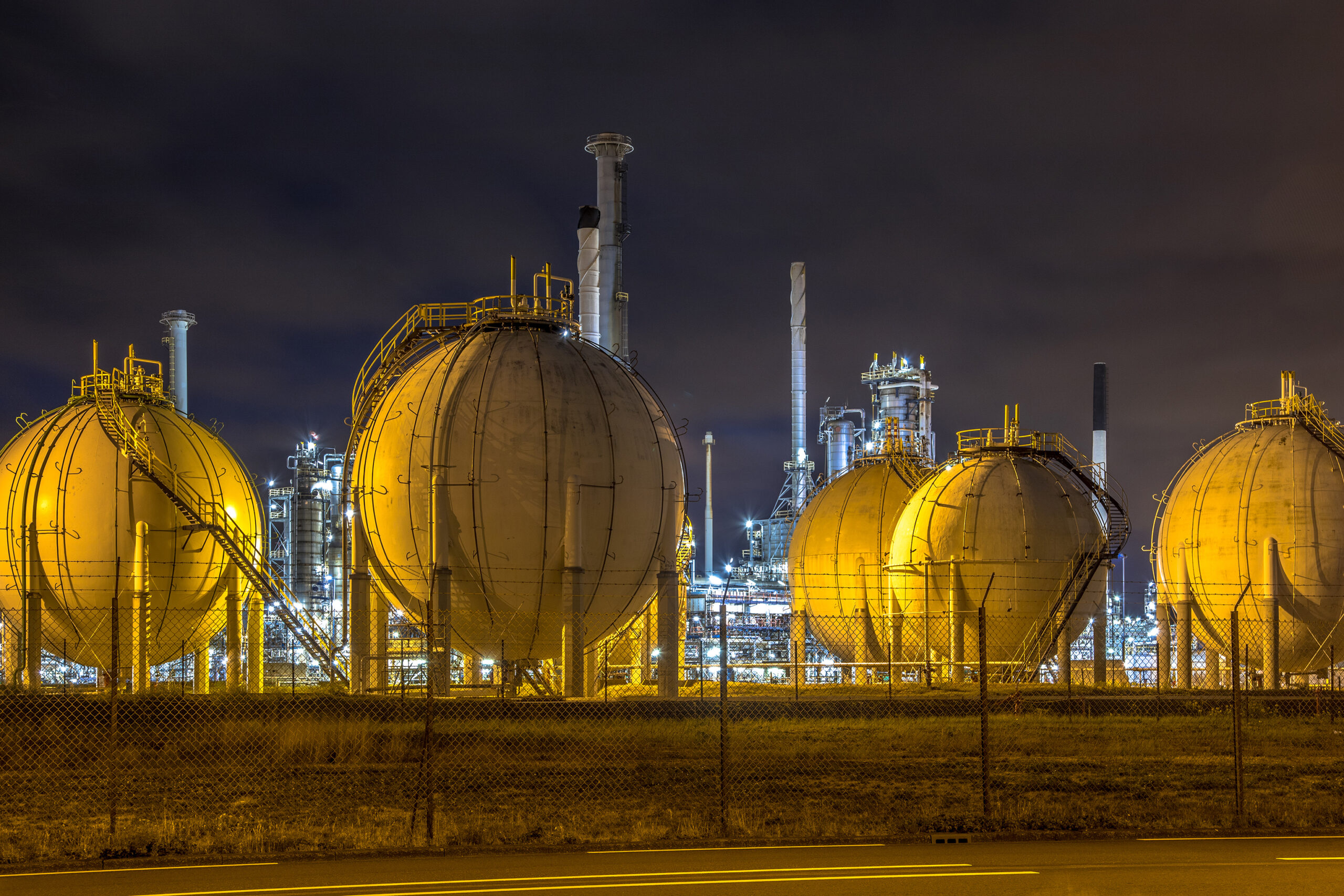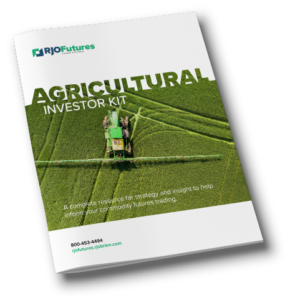Much like agricultural markets, soft commodities markets are somewhat predictable when it comes to their respective planting, growing and harvesting seasons. The main difference between the two types of markets, with the exception of orange juice, is that softs are international products. They are grown all over the world and their prices are affected by global supply/demand and traded on the ICE exchange. In order to lock-in future prices for their crops, farmers trade soft futures as they would agricultural futures. There is also just as much speculative interest for soft contracts, which include cocoa, coffee, cotton, sugar, and frozen concentrated orange juice (FCOJ).
Popular Soft Commodity Futures
RJO University
Gain the knowledge and skills to trade futures with confidence. Access in-depth guides, market analysis, and actionable insights. Whether you’re a novice or seasoned trader, our century of industry experience empowers you to navigate complex markets and make informed decisions. Start your journey with RJO’s trusted expertise.
 Futures Trading
Futures Trading
Technical Analysis Trading
 Energy Futures
Energy Futures
The Basics of Natural Gas Futures Trading: A Beginner’s Guide
 Fundamental Analysis
Fundamental Analysis
A Guide to Spread Trading Futures
 Fundamental Analysis
Fundamental Analysis



